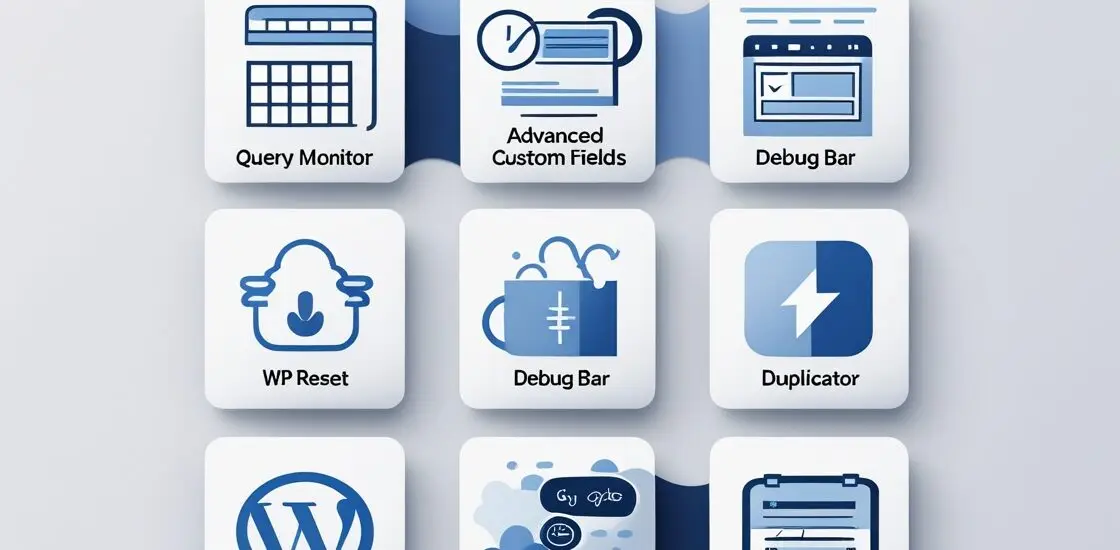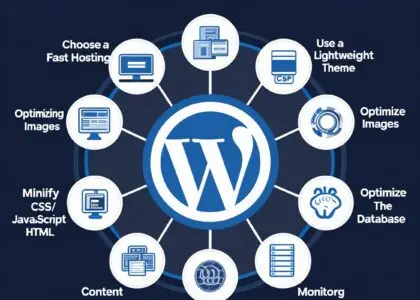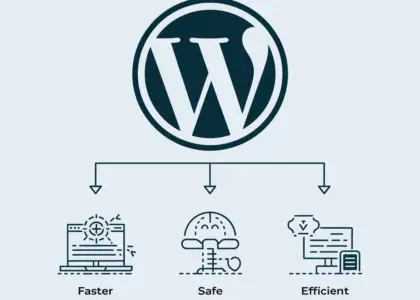WordPress development is much easier when you have the right tools. Plugins can help developers debug, customize, optimize, and secure WordPress websites efficiently. In this guide, we will explore some must-have plugins that every WordPress developer should use to improve workflow and productivity.
Why Developers Need Plugins
While WordPress comes with built-in features, developers often need additional tools to enhance their workflow. Plugins help with:
- Debugging & Performance Monitoring
- Custom Fields & Content Management
- Site Backup & Migration
- Speed & Caching
- Security & Maintenance
With the right set of plugins, you can streamline your development process and focus on building great websites.
Must-Have Plugins for WordPress Developers
1. Query Monitor – Debugging and Performance Monitoring
Query Monitor is an essential debugging tool for developers. It helps track database queries, PHP errors, hooks, and HTTP API calls.
Key Features:
- Monitor database queries in real time.
- Identify slow queries affecting site performance.
- Debug AJAX calls, REST API requests, and theme/template usage.
2. Advanced Custom Fields (ACF) – Custom Fields Management
ACF makes it easy to add and manage custom fields in WordPress. It is useful for creating dynamic content without complex coding.
Key Features:
- Add custom fields via a user-friendly interface.
- Support for various field types (text, image, relationship, etc.).
- Integrates with themes and custom post types.
3. WP Reset – Reset and Restore Development Sites
WP Reset is an excellent tool for developers working on test environments. It lets you reset your WordPress site to its default state with one click.
Key Features:
- Reset site without affecting files.
- Create snapshots before making big changes.
- Quickly delete specific components (themes, plugins, media, etc.).
4. Debug Bar – Debugging and Error Tracking
Debug Bar adds a debugging menu to the admin toolbar, providing insights into PHP errors, queries, and cache performance.
Key Features:
- Displays useful debugging information.
- Logs PHP errors and warnings.
- Tracks database queries and memory usage.
5. Duplicator – Backup and Migration Tool
Duplicator simplifies the process of migrating WordPress sites. It creates site backups that can be restored easily on another server.
Key Features:
- Move WordPress sites between domains or hosts.
- Backup entire WordPress installations.
- Clone pre-configured sites for quick deployment.
6. WP Super Cache – Optimize Performance with Caching
Caching improves website speed by storing static versions of web pages. WP Super Cache is a lightweight and efficient caching plugin.
Key Features:
- Generates static HTML files for faster page loading.
- Supports multiple caching methods.
- Reduces server load and improves user experience.
How to Install and Configure These Plugins
Installing Plugins via WordPress Dashboard
- Log in to your WordPress admin panel.
- Go to Plugins > Add New.
- Search for the plugin name (e.g., “Query Monitor”).
- Click Install Now and then Activate.
Basic Configuration for Each Plugin
- Query Monitor: No configuration needed, view debug data from the admin toolbar.
- ACF: Create custom fields via Custom Fields > Add New.
- WP Reset: Use with caution; create snapshots before resetting.
- Debug Bar: Activate and view debug info from the admin toolbar.
- Duplicator: Create a package for backup/migration.
- WP Super Cache: Enable caching in settings and configure expiration time.




